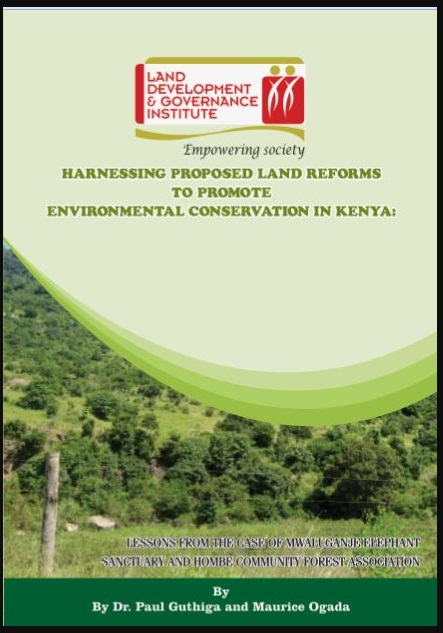Power System Planning in India : Incorporating Environmental Externality Costs and Benefits
This paper has been prepared in
accordance with the terms of reference for a study on power
system planning in India: incorporating externality costs
and benefits. It reviews estimates of the external costs of
power in international studies as well as in India and
compares the figures available. It also comments on the
validity of the external cost estimates available and the
use made of them in power system planning and regulation


